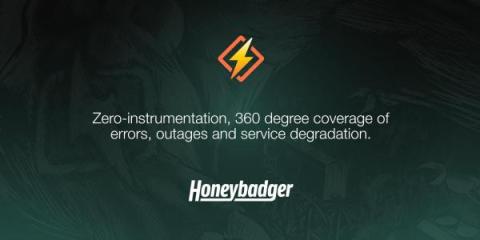Clean code with PHP namespaces
A widespread issue developers run into when building applications is grouping and organizing code correctly so that it is easier for other developers to understand and collaborate. Conflicting class names, functions, and other code blocks is an issue for developers, and PHP offers a way to tackle this problem by adding namespaces to the language in PHP 5.3. In this article, you will learn everything you need to know to start using namespaces to organize your code efficiently in PHP.


